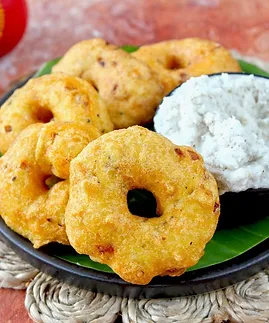Our Culture Heritage and Food
Our Culture
January

Duruthu Poya – marks the 1st of Lord Buddha’s 3 visits to Sri Lanka. Thai Pongal – a Hindu festival that honours Surya (the sun god), Indra (bringer of rains) and the cow. It is celebrated in temples by cooking first from the new harvest in milk, in a special pot.
Sri Lanka in January is warm, dry and sunny, especially in the south – great for cycling, hiking and wildlife watching tours. Early January especially is busy, so it’s best to book well in advance. Things start to dry up in the north-east as the monsoon season there draws to a close. This is a great time for hiking central Sri Lanka, which is at its sunniest and cooler than the coast.
January is a great time for a tailor-made Sri Lanka adventure.
February

February 4th is Independence Day – celebrated nationwide with parades and page as its highlighting the nation’s culture and achievements. Navam Poya – celebrates Lord Buddha’s announcement, at the age of 80, of his own impending death. This is celebrated by Navam Perahera in Colombo is a colourful two-day festival centred on the Gangaramaya temple, with processions of dancers, drummers and some 50 elephants parading through the streets.
If you want to visit Sri Lanka and spend a lot of time on the beach, the best time to go is February, when the rains are winding down on the east coast and the south is basking in hot sunshine. Elephants and leopards appear at the park’s watering holes, marking the beginning of the best time to visit Yala and other national parks.
In Sri Lanka, outdoor enthusiasts who want to get away from the heat of the coast in February often goes to the cool mountains in the interior.
March

Medin Poya – marks Lord Buddha’s 1st visit to his father’s palace after his enlightenment.
In Sri Lanka, blue whales can be seen most frequently at the beginning of March, when they arrive to feast on the season’s first krill. As a matter of fact, most wildlife tours are currently operating at full capacity, welcoming spring break visitors. Temperatures above 30 degrees Celsius can be expected in southern Sri Lanka in March. Now is a great time to visit the Hill Country, where the cool climate is ideal for growing tea. In March, honeymooners who want an exciting trip can visit both Sri Lanka and the Maldives.
March is great for a wildlife and whales tour in Sri Lanka
April
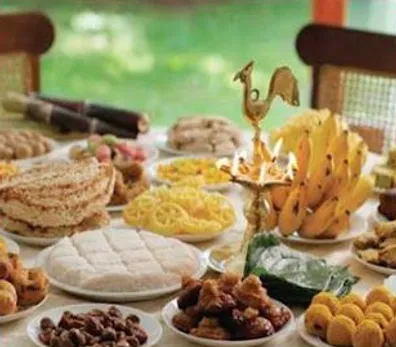
Bak Poya – celebrates Lord Buddha’s 2nd visit to Sri Lanka. New Year – April 13 & 14 – With Easter and the school holidays, many people take up to 2 weeks holiday and head off for the cooler hill country. Nuwara Eliya is converted into a hive of activity, with horse races, car races and flower shows. Sinhala and Tamil New Year are celebrated throughout the island and presents are exchanged. The traditional kiribath (rice cooked in coconut milk) is cooked and eaten, new clothes are worn and horoscopes are cast for the forthcoming year.
Although the dry season in the south and west of Sri Lanka ends in April, this is still a fantastic month to visit with your family, especially if you plan on doing some water activities like surfing or rafting to beat the heat. Because of the lack of typical cool nights in April, this is one of the best months for cycling and camping in the Hill Country, but the rains return at the end of the month. The Maldives is a great addition to any trip right now.
At the end of April, when the tourist season is winding down, is your last chance to see blue whales.
May
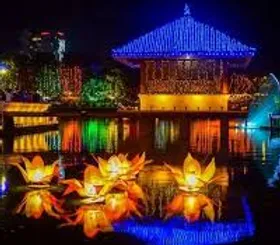
Vesak Poya – It is the most important of the Poyas commemorating the birth, enlightenment and passing away of Lord Buddha. This also marks the 3rd of Lord Buddha’s visits to Sri Lanka. The festival is celebrated with island-wide pageants, the construction of pandals (platforms decorated with Buddhist scenes), the hanging out of lanterns and the distribution of free food (from rice and curry to Vesak sweetmeats) from roadside booths (dansals) to pilgrims. Vesak also marks the last day of the Adams Peak Pilgrimage season.
In many people’s opinion, May is the best month to visit Sri Lanka because it falls in the middle of the dry season and the wet one. This is the low season for visitors, so you can expect to see fewer people out and about enjoying the sights. In May, as the south-west monsoon season approaches, tourists in Sri Lanka shift their attention to the east coast, where they can enjoy the sun and temperatures in the mid-20s year-round.
Sacred Adam’s Peak will be open for visitors until the weather turns in May.
June

Poson Poya – commemorates the introduction of Buddhism in Sri Lanka by Mahinda in the 3rd century BC and is celebrated with rituals across the island, particularly in Anuradhapura and Mihintale, where the new religion was first introduced to the Sinhalese.
As the monsoon season in the south begins, June is a great time to visit the northern part of Sri Lanka. Dry, sunny weather and fewer tourists make the north and east of Sri Lanka ideal for visiting the ancient Tamil temples in Jaffna and the sandy beaches there.
Tours of Sri Lanka’s national parks in June are perfect for spotting birds and tracking elephants.
July
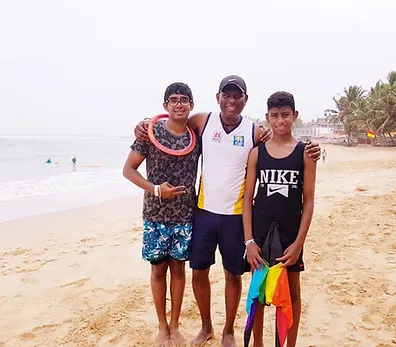
It is best to avoid the southern monsoons by travelling to the northern part of Sri Lanka in the month of June. The north and east of Sri Lanka are the best places to see the ancient Tamil temples in Jaffna and to relax on the sandy beaches because of the dry,sunny weather and the lack of tourists. There is no better time than June for a safari in Sri Lanka to see exotic birds and follow the herds of elephants.
July and August are great for a Sri Lanka family holiday
August

Vacationing in Sri Lanka with the family in August is a wonderful experience. We can’t any we blame them; the north is still hot, dry, and sunny, while the south and west experience much less frequent monsoon downpours. The whale watching season is in full swing off the coast of easterly Trincomalee. Although you can still see leopards in Yala National Park, the noise from crowds can make viewings less likely in August.
August is less windy than other months, but it is still hot and humid in the Cultural.
Esala Perahera – It takes place in Kandy and is one of the world’s most spectacular festivals. It celebrates Lord Buddha’s 1st sermon and the arrival of the Tooth Relic in Sri Lanka and dates back to around 300AD. It is spread over 10 days and features huge processions of dancers, acrobats and drummers who follow hundreds of elephants adorned with ceremonial attire through the streets honouring Lord Buddha’s Sacred Tooth Relic, which is enshrined in the city’s main temple. Esala is the month of Festivals – major ones being held in Kataragama(below), Dondra and in Bellanwila one of the suburbs of Colombo. Kataragama Festival – it is held at the same time as the Esala Perahera. Devotees fire-walk and participate in various forms of self-flagellation. Vel is Colombo’s most important Hindu festival, featuring 2 vibrant processions during which the chariot of the god of Skanda is pulled from one end of the city to the other.
Nikini Poya – marks the retreat of the Bhikkhus following Lord Buddha’s death and is a period of fasting and retreat for monks.
September
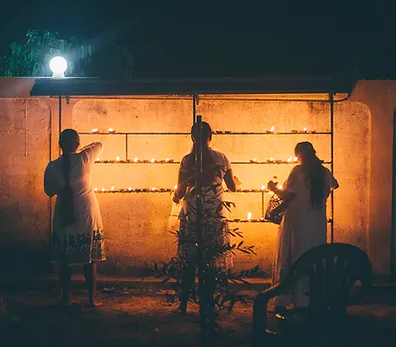
Unduvap Poya – celebrates the arrival of the sapling Bo Tree in Anuradhapura. Christmas and New Year are celebrated across the island.
The end of the year and the beginning of the new year in Sri Lanka are very active times. You can find peace and quiet away from the madding crowds, but you’ll need to plan ahead. As a result of the influx of tourists, Sri Lanka offers the widest variety of activities (from Ayurvedic and cooking retreats to hiking, cycling, and family-friendly adventures) in the month of December. Would you like a holiday treat?
It’s recommended that you visit Sri Lanka and the Maldives in December. December is great for a small group food adventure
October
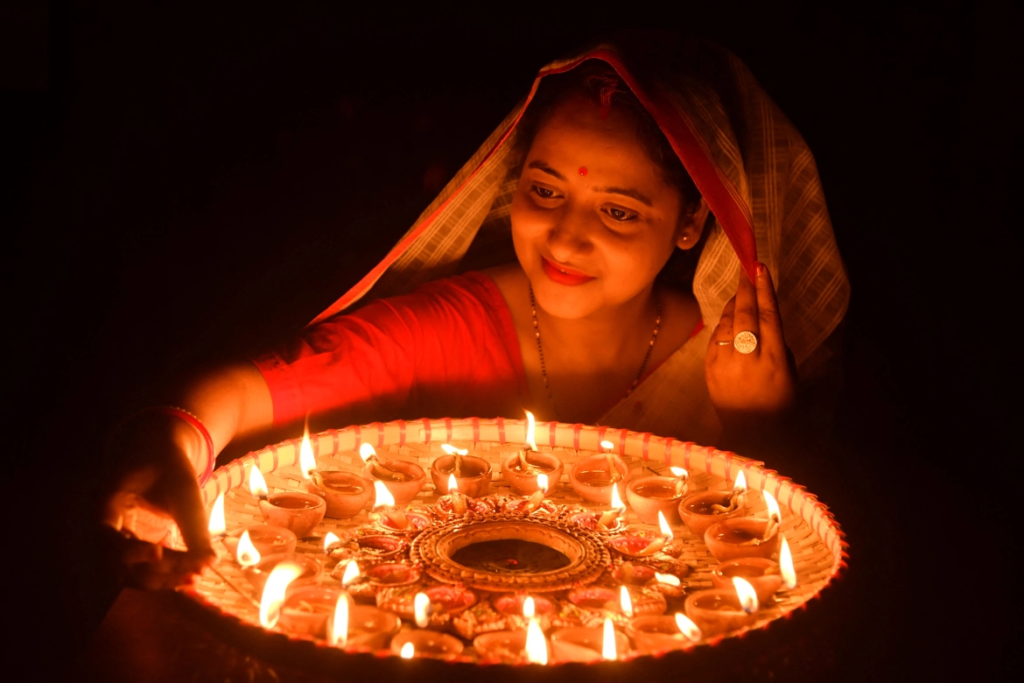
Deepavali – is the Hindu Festival of Light (equivalent to the Indian Diwali), which celebrates the homecoming of Rama, the hero of the great Hindu epic the Ramayana. Lamps are lit in Tamil houses across the island, symbolising the victory of good over evil, and the wearing of new clothes.
In Sri Lanka, this is one of the wettest months. In October, the north-east monsoon season begins, and with it comes the possibility of heavy showers across the island of Sri Lanka.
However, there are times when the rain simply does not come. The south-western coast has the lowest temperatures at a respectable 28 degrees Celsius. Most of the year, the Cultural Triangle experiences the hottest and driest weather, with fewer tourists In fact, October is a very peaceful time in all of Sri Lanka, a time of relative quiet beforethe bustle of the peak tourist season.
November
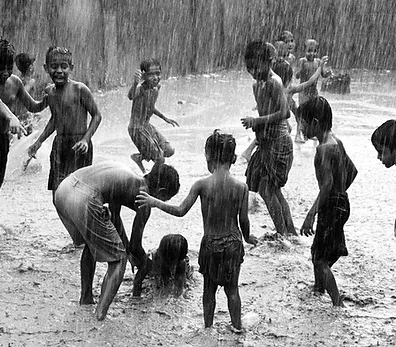
IL Poya – commemorates Lord Buddha’s ordination of 60 disciples.
Small group tours become more plentiful in November, the start of the busiest travel month. Expect lots of sudden downpours and long periods of hot sunshine, as part of the month is still between monsoon seasons. If you’re travelling to Sri Lanka in the month of November, don’t forget to bring an umbrella. Still, you shouldn’t ignore the northeast.
While the monsoon is on its way, it won’t be as bad as it is in the southwest.
December
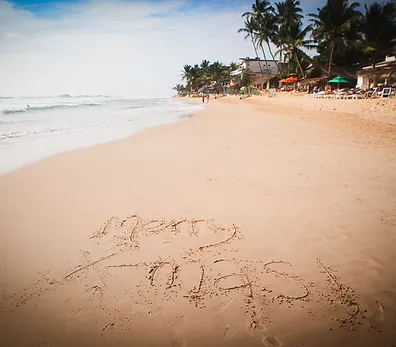
Unduvap Poya – celebrates the arrival of the sapling Bo Tree in Anuradhapura. Christmas and New Year are celebrated across the island.
The end of the year and the beginning of the new year in Sri Lanka are very active times. You can find peace and quiet away from the madding crowds, but you’ll need to plan ahead. As a result of the influx of tourists, Sri Lanka offers the widest variety of activities (from Ayurvedic and cooking retreats to hiking, cycling, and family-friendly adventures) in the month of December. Would you like a holiday treat?
It’s recommended that you visit Sri Lanka and the Maldives in December. December is great for a small group food adventure
Our Foods
Sri Lankan food is well-known for its unique blend of herbs, spices, fish, vegetables, rice, and fruits. Rice, in its numerous forms, and coconut, a tree found almost everywhere, take centre stage in the cuisine. Fish and seafood, both fresh and preserved, play important roles in the diet as well. Sri Lanka’s cuisine is a reflection of its history as a trading post along the ancient oceanic silk road, which exposed the island nation to new ingredients and cultural influences in addition to the longstanding customs of its various ethnic communities. Sri Lankan food is similar to other South and Southeast Asian foods and has a lot of Indian (especially South Indian), Indonesian, and Dutch influences. In the past, Sri Lanka’s cinnamon exports brought in a lot of money. The Cinnamomum verum tree, often known as the “true cinnamon tree,” was once known by the Cinnamomum zeylanicum botanical name, which alludes to its origins in Sri Lanka. In comparison to Cinnamomum cassia, which is more commonly used in some other South Asian cuisines, this spice is frequently used in Sri Lanka and has a more subtle, sweet taste. Sri Lankan cuisine differs greatly from that of neighbouring regions due to its distinctive spice blends, including the heavy use of Sri Lankan cinnamon and black pepper and its use of ingredients like maldivian fish, goraka (garcinia cambogia), pandan leaf, lemongrass, and jaggery made from kithul palm syrup. Also, various types of red rice, including some that are regarded as heirlooms in the country, are consumed in Sri Lanka. Sri Lanka also produces some of the world’s finest tea, which is widely consumed throughout the country.

Well come to Sri Lankan Foods

Sea Food Dish

Sri Lankan Hoppers/Pittu
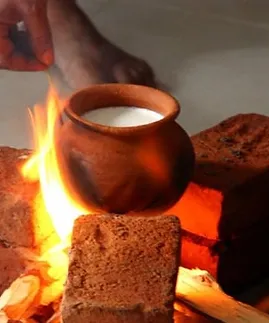
Traditional Milk lamping

Sri Lankan Spices
